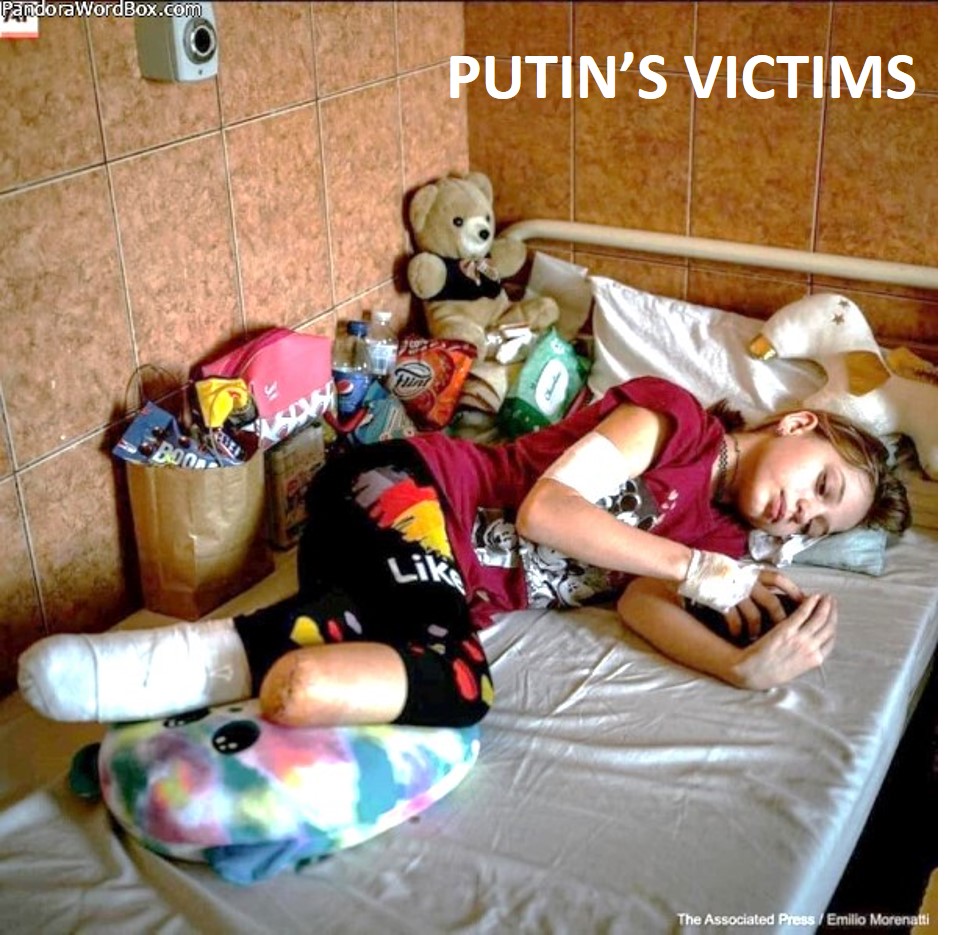Teaching Files:
Syphilis
Julius H. Hess, M.D., Division of Neonatology, Cedars-Sinai
Medical Center, Los Angeles, California, June 6, 1997
 [for Professionals mainly] [for Professionals mainly]
It remains unclear what factors determine which mothers, particulary those in latent stage of the infection, will pass the disease to their fetuses ... T.
pallidum does not survive well outside the host, the only precaution that must be taken by health personnel caring for syphilis infants is to avoid touching the infectious lesions. Except for the open skin lesions and mucous membrane lesions of the neonate, congenital syphilis is not infectious by contact. Therefore, no special isolation procedure is required. Congenital syphilis is contracted from an infected mother via transplacental transmission of T. pallidum at any time during pregnancy or at birth. In women with untreated early syphilis, 40% of pregnancies result in spontaneous abortion, stillbirths, or perinatal deaths. Untreated syphilis, at any stage of disease, can be transmitted to the fetus; the rate of transmission is about 100% during the second stage. A stillborn syphilitic fetus has a macerated appearance with a collapsed skull and
protuberant abdomen. The skin shows vesicular and bullous lesions which have a fluid rich in treponemes ...
Syphilis, Congenital
Center for Disease Control and Prevention, August 12, 2004.
 [for Professionals mainly] [for Professionals mainly]
Case definitions for Infectious Conditions Under Public Health Surveillance. A wide spectrum
of severity exists, and only severe cases are clinically apparent at birth. An infant or cild (aged less than 2 years) may have signs such as hepatosplenomegaly, rash, condyloma lata, snuffles ... An older child may have stigmata (e.g., interstitial Keratitis, nerve deafness, anterior bowing of shins ...
Syphilis
National Institute of Allergy and Infectious Diseases
 [for Professionals mainly] [for Professionals mainly]
Syphilis Overview
Public Health Fact Sheet: Syphilis
New York State Department of Health, November 2006
 [Support Groups] [Support Groups]
What is syphilis? Who gets syphilis? What are the symptoms of syphilis? How soon the symptoms appear? ...
Surveillance for Geographic and Secular Trends in Congenital Syphilis - 1983-1991
Ruth Ann Dunn, M.D. et al. CDC, MMWR 42(SS-6);59-71, 12/17/1993
 [for Professionals mainly] [for Professionals mainly]
Results: During the period 1983-1991, 12,151 CS cases were reported. Before 1988, regional CS incidence increased 35%-131% annually. Larger increases occurred in the Northeast (578%) in 1989 and in the South (178%), Midwest (244%), and West (777%) in 1990. Within regions, these larger increases were temporally related to increases in P&S syphilis in women and changes to a more sensitive CS case definition ... The increase in the number of CS cases among infants less than 1 year of age probably represents a true increase in the incidence of CS in the United States ... Access to and use of prenatal care by women at high risk for syphilis may have decreased during the 1980s, thus
reducing their chances of receiving adequate treatment during pregnancy ... Some of the increase in the number of CS cases since 1988 may be explained by changes in CS reporting practices ... The Birth Defects Monitoring Program (BDMP) is a CDC national surveillance system that samples hospital discharge data on U.S. births ... The sample is neither random nor completely geographically representative. The percentages of live births sampled in each region are approximately 13% in the Northeast, 22% in the Midwest, 8% in the South, and 19% in the West ...
Congenital
Syphilis: still a reality in 1996
Michael D Humphrey et al. The Medical Journal of Australia.
Syphilis continues to be a problematic health issue in many parts of the world. In Australia, congenital syphilis is again a significant cause of stillbirth, preterm labour and neonatal disease in some areas ... There is a need to raise awareness that antenatal care is important not only for the mother's health but also for the wellbeing of the
baby.
Antenatal Screening for Syphilis
Editorials, BMJ 1998;317:1605-1606.
Much congenital infection is now preventable. Antenatal screening is an important measure in reducing vertical transmission of syphilis, hepatitis B, and HIV ...
Syphilis
The National Women`s Health Information Center, May 2005
How is syphilis spread and how can I avoid it? ...
2006 Sexually Transmitted Diseases Guidelines: Diseases Characterized By Genital Ulcers
Centers for Disease Control and Prevention, April 12, 2007
Management of Patients Who Have Genital Ulcers ...
A Request for Redress of the Wrongs of Tuskegee
The Tuskegee Syphilis Study Legacy Commitee Report, October 31, 2007
In January 1996, the Tuskegee Syphilis Study Legacy Committee met at Tuskegee University to explore how the government and the nation could publicly address the Tuskegee Syphilis Study and its impact. The final report of the Committee from May 20, 1996 is abstracted and presented in its entirety below ...
The Great Scourge': Syphilis as a medical problem and moral metaphor, 1880-1916
Lesley A Hall. Wellcome Institute for the History of Medicine, London
Congenital Syphilis
I.B.I.S. Birth Defects, February 5, 2002
 [Ukrainian] [Ukrainian]
Factsheet in Ukrainian
________________________________________________________________________________________________
Last Updated: 2012/7/3
________________________________________________________________________________________________
|


 [for Professionals mainly]
[for Professionals mainly]




